
How to Make the Most of Your Internet Connection for Gaming.
you’ve undoubtedly opened software as an administrator on Windows before.
So the capability isn’t unfamiliar to you. But, we intrigue about what occurs behind the hood of Windows.
When you instruct it to launch a program as an administrator.
And why this procedure requires in the first place.
Those of you who upgraded from Windows XP to Vista may recall the introduction of “User Access Control” (UAC) or “Mandatory Integrity Control” (MIC).
The security feature alerts you when software attempts to make modifications to your system and is at the heart of why some programs require “elevated” access.
UAC is still an important part of Windows 10 security.
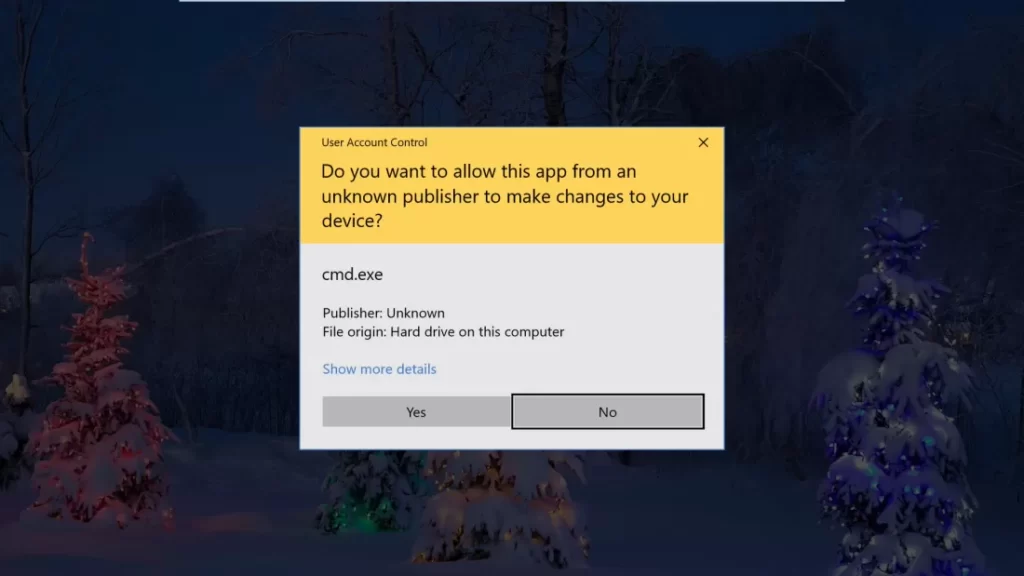
Among the information contained in that token is an integrity level.
Which use by the operating system to determine the trustworthiness of objects such as files.
Registry keys for the purpose of informing users when installations launch.
And processes for the purpose of isolating them from having unnecessary access to system files.
Read more: Six fantastic custom technology presents for your loved ones
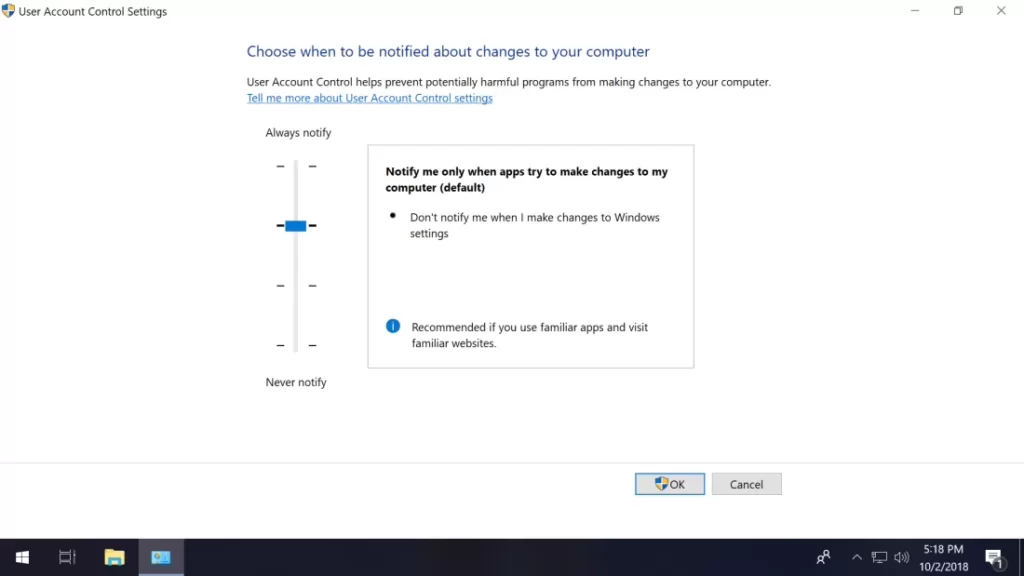
There are at least six different integrity levels in the Windows Mandatory Integrity Control (MIC) mechanism: untrust, low, medium, high, system, and trust installer. A regular user account has medium integrity by default, which is the highest level of integrity allowed for a process to generate when you open an executable file without granting elevates access via admin credentials.
When you right-click a file or application and select “Run as administrator,” that process (and only that process) is launched with an administrator token, enabling high integrity clearance for features that may require greater access to your Windows files and so on.
The various Windows integrity levels are as follows:
- Anonymous processes give untrust integrity.
- Low Integrity: This is a term that commonly uses for Web-facing software such as browsers.
- Medium Integrity: Used for most items and applied to regular users.
- High Integrity: Administrator-level access, which usually necessitates elevation.
- System Integrity: This attribute reserve for the Windows kernel and core services.
- Trusted Installer: This type of installer uses for Windows updates and system components.
Unless the executable file’s integrity level is set to low, processes begin by opening an exe from a Windows account with medium clearance, and developers are encouraged to use the lowest access possible, ideally avoiding instances where the software will require high integrity to prevent unauthorized code (malware) from taking root.
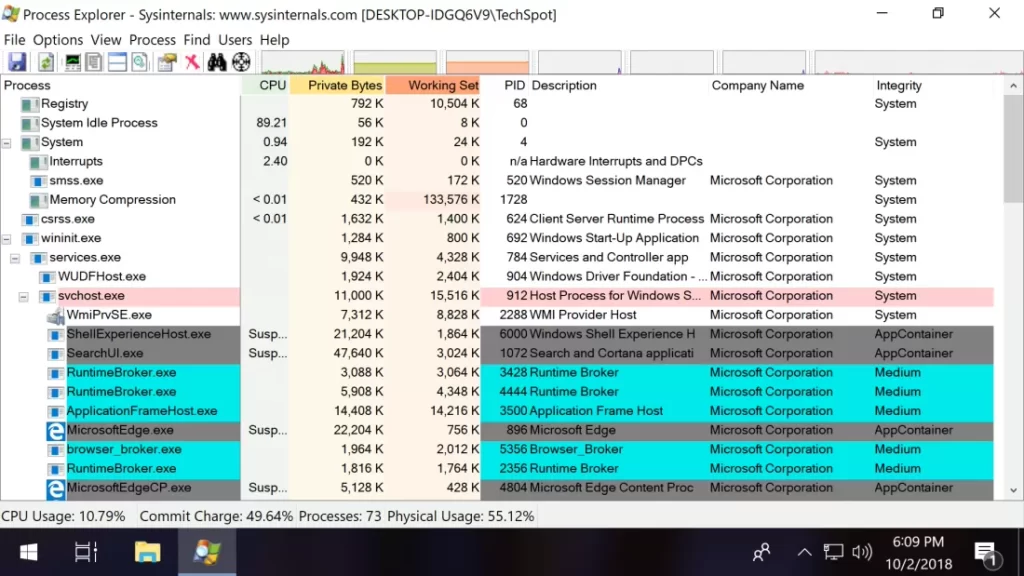
The “least-privilege” design principle implement in Windows’ own administrator accounts, which receive both standard and admin-level tokens upon signing in, employing standard/medium integrity access instead of high when available.
Although Microsoft advises against running programs as administrators or giving them high-integrity access unless absolutely necessary, new data must writ to Program Files for an application to install.
which will always require admin access with UAC enables, and software such as AutoHotkey scripts will frequently require elevates status to function properly.
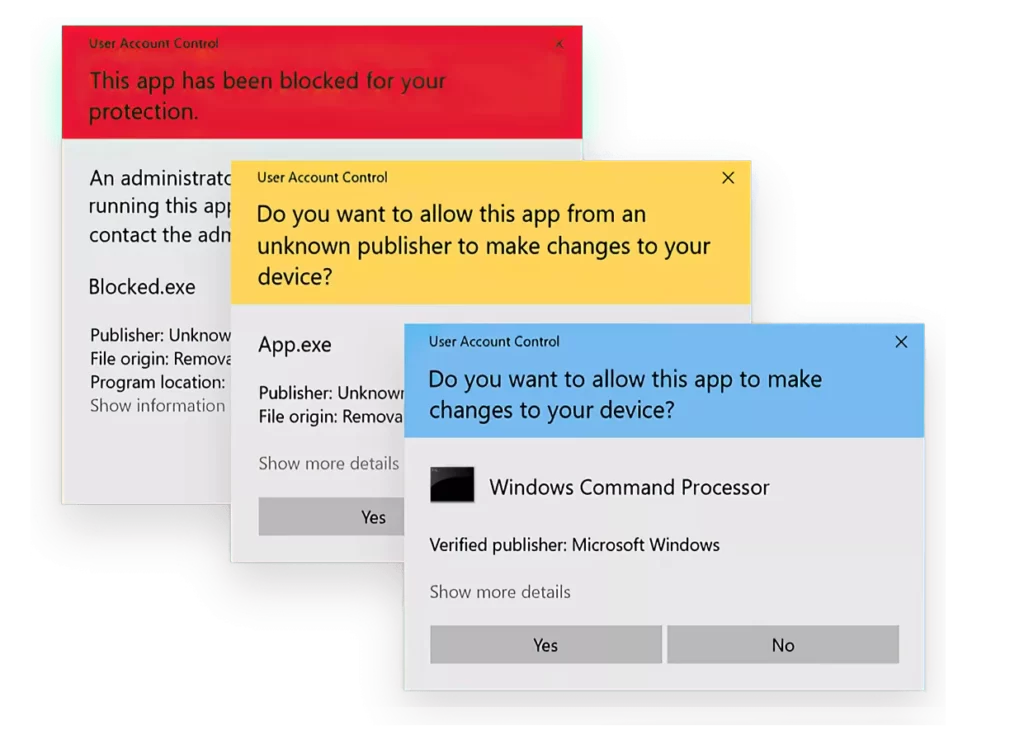
These are all of the techniques we discover for opening executable files with administrator access (high integrity) in Windows 10.
Including those that would set applications to always open with elevated access:
Methods for running an application as an administrator in Windows:
To begin, you may run the software as an administrator by right-clicking on the executable file and selecting “Run as administrator.”
Holding Shift + Ctrl while double-clicking the file will also launch the application as an administrator.
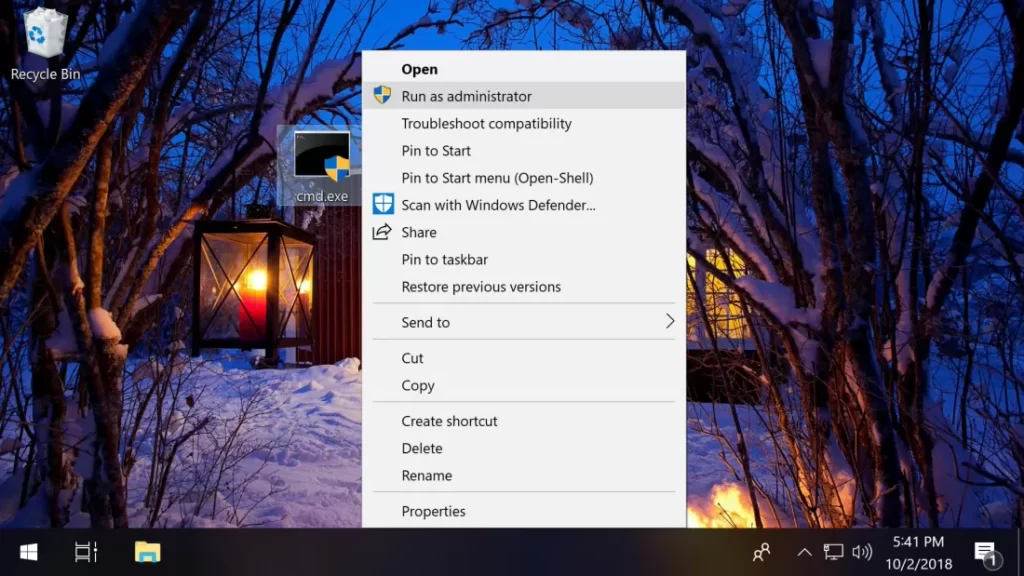
Separately, right-clicking the file while holding Shift expands the context menu to include “Run as a different user…”,
which opens a screen where you can enter another user’s credentials.
Including the administrator account (the username is Administrator and may not have a password if you haven’t applied one).
These sites also offer admin access shortcuts:
Start Menu: To run a program as an administrator, right-click an executable as you would anyplace else.
Taskbar: Open the jump list by clicking a program on your taskbar, then right-click the exe from that menu to access the admin option.
File Manager: In File Explorer, select the file > Under the Ribbon menu at the top, select Manage > “Run as administrator” should be selected.
Execute the following command: Run (Windows key + R) this command: “cmd.exe” /user: Administrator RunAs.exe
Command Prompt: Enter this with your file path from the command line: /user: administrator run as “C:\Users\TechSpot\Desktop\file.exe”
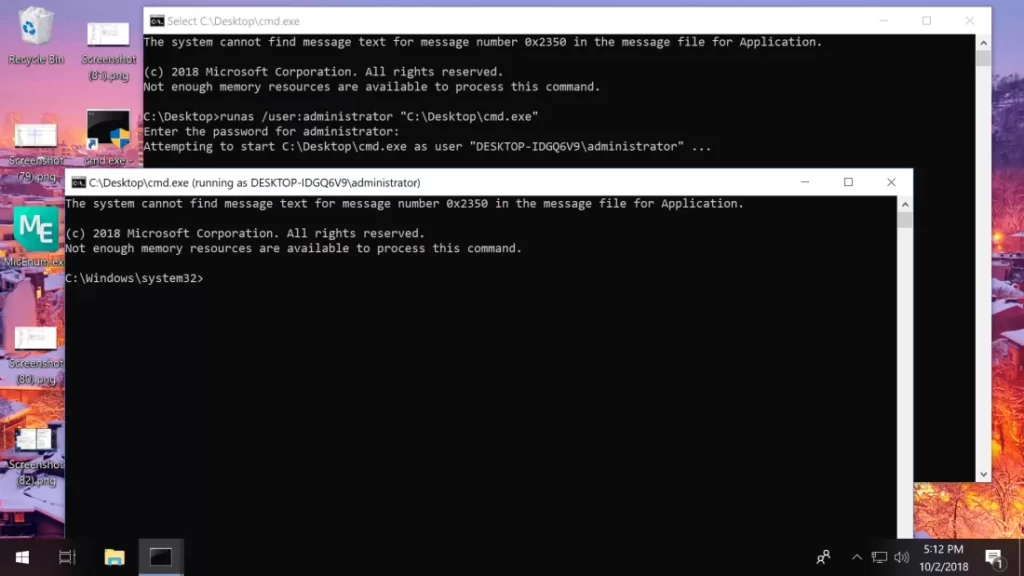
Manager of Tasks: Choose File > New Task > Choose the “Create this task with administrator rights” checkbox. Input the path to your file (for example, C:UsersTechSpotDesktopfile.exe).
Task Scheduler: Enable the following parameters in the “General” page when creating a new task (Action > New Task): “Run whether or not the user is logged in” and “Run with greatest privileges”
It’s worth noting that the Command Prompt technique didn’t function.
Until we activate the Administrator account and modify another option to allow the command to type without a password:
- Look for compmgmt. msc in Start or Run > Go to Local Users and Groups > Users > double-click Administrator to uncheck “Account is deactivated.”
- Look for gpedit. msc in Start or Run > Go to Computer Settings > Windows Settings > Local Policies > Security Options > Choose the option by double-clicking it. Accounts: Restrict the usage of blank passwords for local accounts to console login online and choose Disable.
There are also choices to fine-tune Windows’ User Account Control settings in the same part of the Group Policy Editor (gpedit. msc) .
That we just described (scroll all the way down).
How to configure applications such that they always start as administrators:
With Microsoft’s policy of giving applications as little access as possible.
Enabling an application to constantly run as an administrator is typically not advises.
But it can be useful when the product always demands elevation.
And you don’t want to go through those hoops every time.
Here are a few ideas to get you startes:
Always execute as administrator when using a shortcut: Right-click a shortcut file and select Shortcut > Advanced. Tick the “Run as administrator” box.

You can create a shortcut file by right-clicking the main exe, and you may copy the shortcut to C. UsersTechSpotAppDataRoamingMicrosoftWindowsStart MenuProgramsStartup the software will start with Windows as soon as you sign in.
Always run as an administrator using Compatibility Properties: Right-click an executable > Properties > Compatibility tab > Choose “Run this program as an administrator.”
Read more: 4 Top iPad 10th generation Privacy Screen Protectors
Always use the Registry Editor as administrator:
- Go to the following key: HKEY CURRENT USERSoftwareMicrosoftWindowsNTCurrentVersion AppCompatFlags\Layers
- If “Layers” isn’t there, right-click AppCompatFlags and create a new key called Layers.
- Create a new String Value by right-clicking Layers (either the folder or the right pane).
- Set the value name to the entire path of the executable file.
Set the value data to RUNASADMIN.
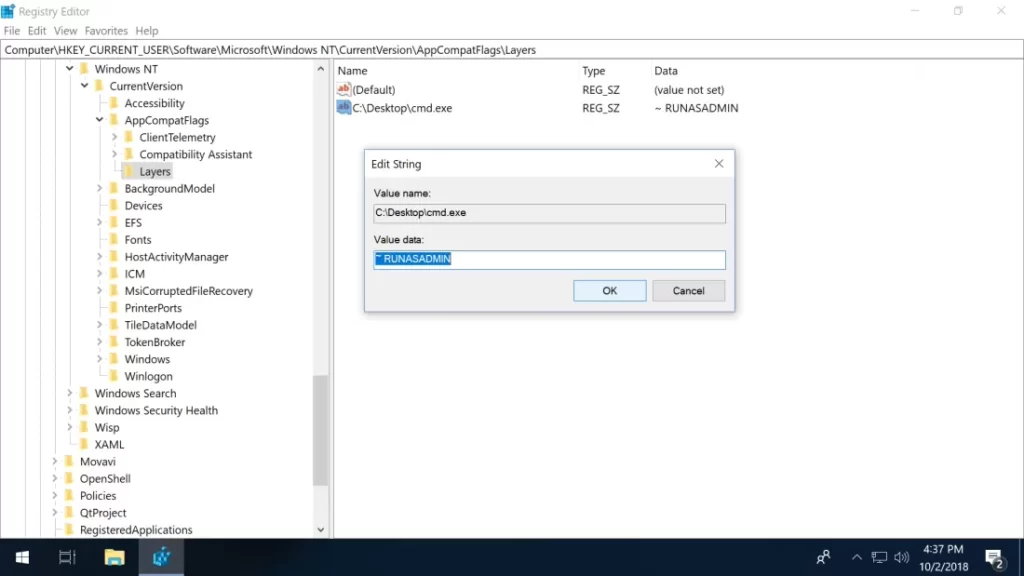








One Comment